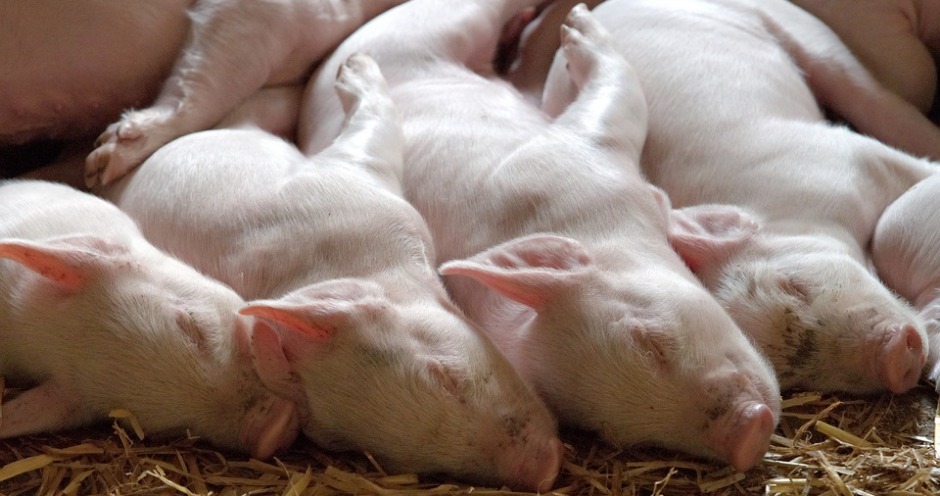The Ministry of Agriculture, Fisheries and Food has published the second report on the implementation of Best Available Techniques (BATs) in the swine industry. The data analyzed show that the average value of ammonia emission levels associated with farms decreased in 2022 compared to the previous year.
This second report points to a favorable evolution in the degree of notification to the General Register of BATs on farms, which last year reached almost 75% of the farms and 90% of the census of farms with the obligation to declare these BATs.
Regarding the reduction of ammonia emissions, the study confirms the use of the band spreader as the main practice for the application of slurry to the field. This technique with low ammonia emissions is consolidated against the traditional use of splash plate slurry spreading.
These data represent an improvement with respect to the last annual report of the Spanish Inventory System, in 2021. This report showed a 2.4% reduction in ammonia emissions with respect to 2020. This reduction meant not only meeting the national commitments to reduce these emissions but also almost doubling the objective of a 3% annual cut in emissions with respect to 2005, as set out in Community regulations and in the Gothenburg Protocol.
The analysis of the degree of implementation of BATs also shows that practically all of the farms reported use a low-protein, phase-feeding system. The application of this technique has resulted in a downward trend in the levels of associated excreted nitrogen (AEN).
This report compiles information on the practices carried out on farms to reduce emissions. For this purpose, it uses data from the General Register of BATs of the General Directorate of Agricultural Productions and Markets of the Ministry and data from the participating autonomous communities, through the ECOGAN computerized system.
PigUA.info by materials pig333.com



